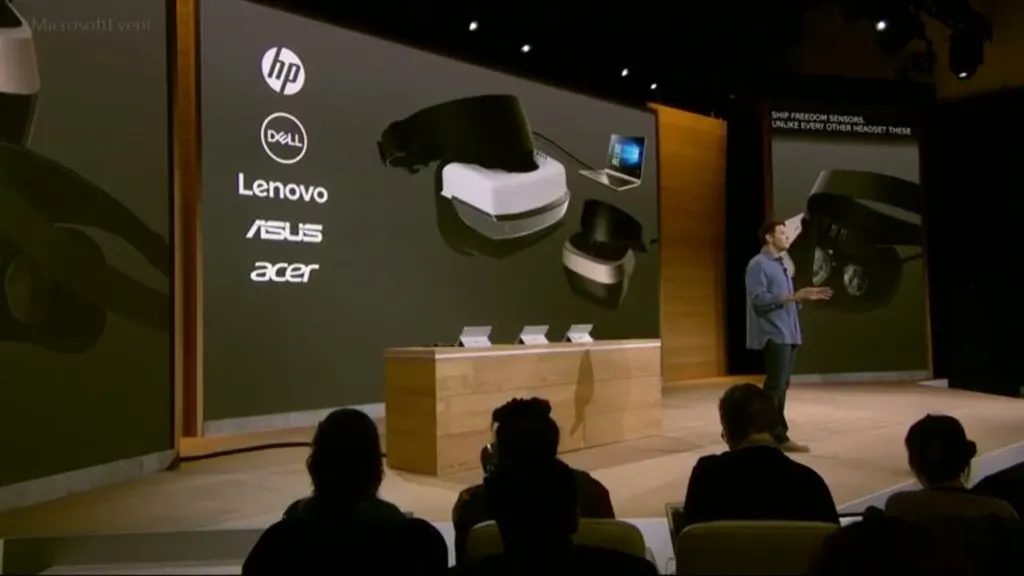Microsoft has been a shadow player in the virtual reality arms race since it officially kicked off on March 28, 2016. On that date the Oculus Rift launched in each and every box was a Microsoft manufactured Xbox One controller. When the HTC Vive launched a week later, Microsoft now had two HMDs that were soaring toward both their new owners, and their new homes on a Windows-powered personal computer. It was therefore somewhat of a surprise to see the company stop playing quite so nice with Oculus, HTC, and Valve when it revealed its new Windows Holographic initiative, complete with a brand new roster of competing virtual reality headsets.
These new, $300 HMDs are being made by the likes of Lenovo and they will be a small part of the Redwood companies big mission to turn Window’s holographic into a truly viable and competitive virtual reality platform. In advance of the new headsets release Microsoft has released a “First Run” application for Windows Holographic. The app does a few different things, but most importantly it reveals the minimum hardware specifications it will take to run the new batch of headsets. These are the requirements:
- At least 4GB of RAM,
- A USB 3.0 port,
- A graphics card with DirectX 12 support,
- 4 CPU cores, including dual-core processors with hyperthreading.
These specs are quite generous and should fit the bill already for a large amount of current PC users. It doesn’t seem there will be a huge need for last-second hardware upgrades for those VR enthusiasts looking to snag one of the new systems.
These specs are also particularly striking when compared to the hardware requirements for Rift and Vive. Both of these devices require multiple USB ports and specific, highly powered graphics cards. Time will tell what impact Microsoft Holographic and these new upstart headsets will have on the larger VR ecosystem. We will be bringing you all of the news on those fronts as it develops.


























